Gongqingcheng upgrades technology to keep leading edge as apparel manufacturer
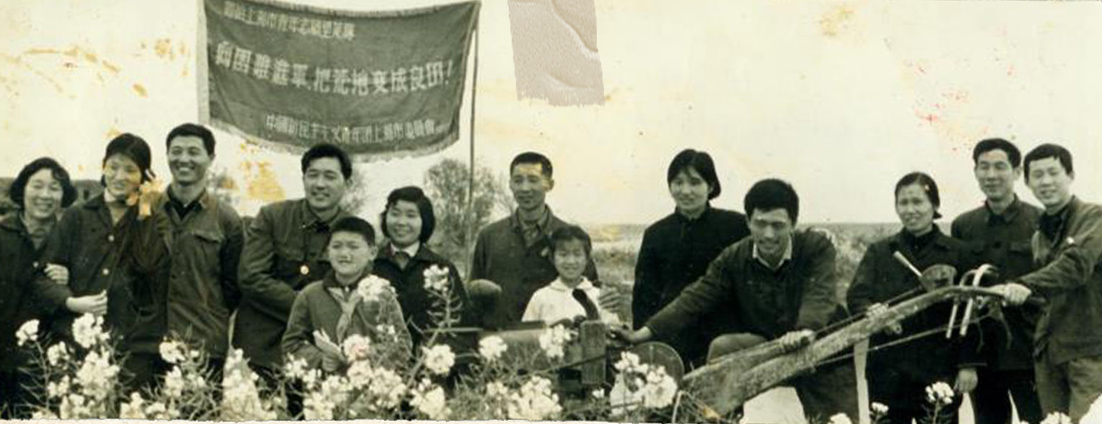
Editor's note: In a series of reports titled "Claims to Fame", China Daily looks at how some regions have earned wealth and recognition through specific products to realize the goal of rural vitalization.
In the 1950s, when a team of educated youths from Shanghai arrived in Gongqingcheng, Jiangxi province, ducks seemed like the best option to find a "golden egg" for the struggling local economy.
Ninety-eight zhiqing, or educated youths, had traveled to Gongqingcheng to develop reclaimed land near Poyang Lake, the country's largest freshwater lake. Their efforts to inject economic life into the area through agricultural projects concentrated on duck breeding.
The number of ducks raised in Gongqingcheng ballooned from about 1,000 in 1959 to 80,000 in 1968, according to local government statistics. A dried-salted duck processing plant was established in 1965, and four years later, it was processing more than 90,000 ducks annually.
READ MORE: UN says China has role to play in fighting world hunger
However, the increase in duck numbers generated a significant amount of waste, which became an urgent issue due to the foul smell and feathers filling the sky during the summer.
In 1970, the plant sent staff members to a feather-processing factory in neighboring Hunan province to find out how the duck feathers could be utilized.
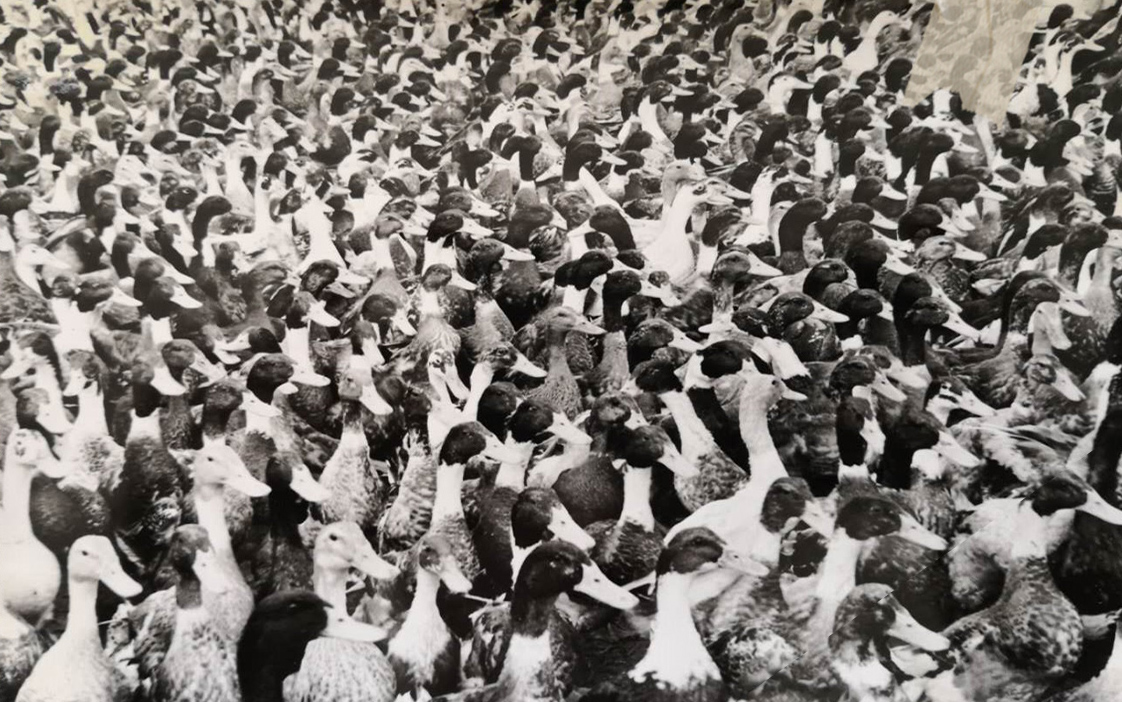
Later that year, the plant started feather-processing workshops with a 2,000-yuan fund, and trained 27 female workers to make down jackets.
In 1971, the Gongqingcheng Down Factory, a State-owned enterprise that would become famous around the nation and overseas, began operations, producing China's first batch of 3,000 down vests.
Zheng Cuiping, 59, started working at the factory in the 1980s when she was a teenager, and stayed there until she retired. "I remember when I was a little girl, ducks were everywhere in the small town. I could hear their quack! quack! quack! A dried salted duck was a very popular product," she said.
In 1972, the first down jackets produced by the factory made a splash at the Canton Fair in Guangzhou, Guangdong province, and sold out in the blink of an eye; Gongqingcheng's economic surge had been started by the waddling birds.
Starting out from the Gongqingcheng Municipal People's Government office building, "Garment Town" can today be reached in less than 10 minutes on foot by crossing a street and walking along Zhiqing and Yaya roads.
Hundreds of down jacket factories and retail shops are scattered through Garment Town. In winter, shoppers and retail buyers from other regions flock there to look for warm down coats, running their fingers over rows of clothing racks in search of the best purchases.
The county-level city produced 70 million down jackets in 2022 and an estimated 75 million in 2023, according to data from the Gongqingcheng Garment Industry Office.
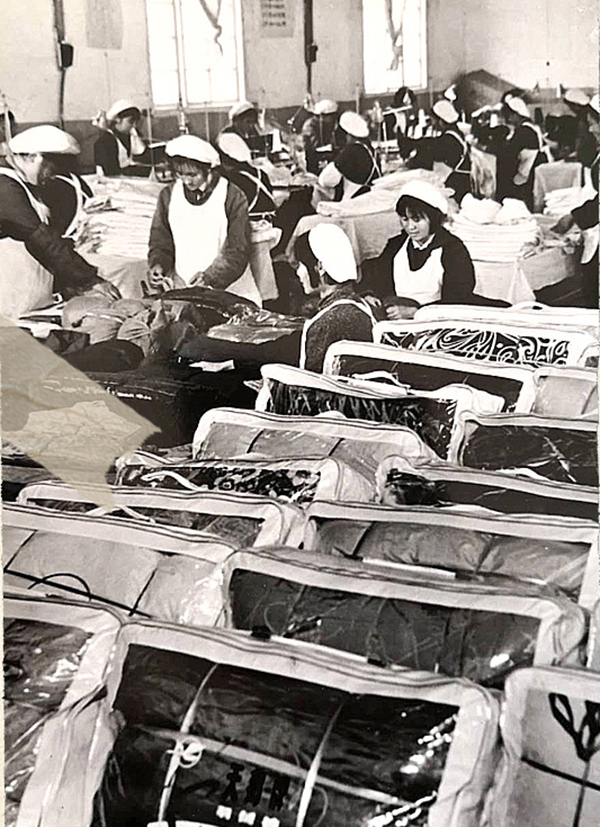
Gongqingcheng has a population of only 190,000 people, with more than 30,000 engaged in down jacket-related industries, the office said.
The golden age of the city's down jacket industry can be traced back to 1989.
In May of that year, Xiong Guobei, a designer at the Gongqingcheng Down Factory, was asked to design and make down jackets for then Soviet leader Mikhail Gorbachev and his entourage to be presented to them as national gifts during their historic visit to China.
The entire factory was thrilled by the opportunity. "To present the down jackets produced by us as national gifts to a foreign leader was a source of great pride and excitement for everyone," he said.
While he was extremely happy, Xiong said he felt under immense pressure.
The problem was that he could only estimate the visitors' measurements. "Their chest and arms are often about two centimeters wider and longer than ours, so when we were designing the clothes, we added two centimeters to the sleeve length," Xiong said.
He eventually designed a long down jacket for Gorbachev with a raincoat-style large lapel. "The style was dignified and chic, rich in Chinese national characteristics, and also adapted to European fashion trends," he said.
On May 15 of that year, 32 sets of Yaya down jackets were presented to Gorbachev, his wife, and their entourage.
"I heard that our guests were satisfied, and I was very happy and proud," said Xiong, who worked at the factory until he retired.
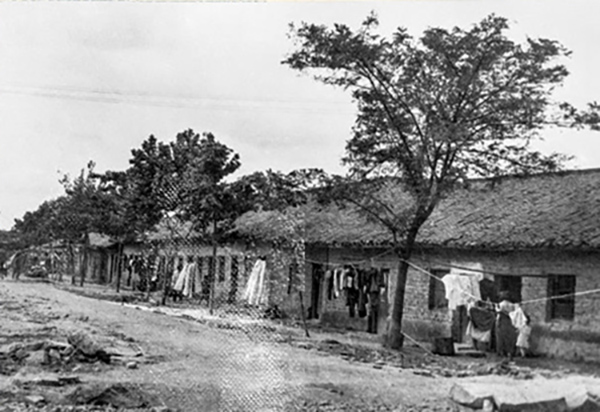
Ups and downs
In 1983, the Yaya brand was registered with the National Industrial and Commercial Bureau. For a long time, its quality standards were the industry bench mark in China, and Yaya jackets were popular both at home and overseas.
At its peak, Yaya had captured one-third of China's down jacket market.
"Yaya was all the rage from the 1980s to the late 1990s. Many movie stars and government officers from across the country came to our workshops to buy our clothes," Zheng said.
But the factory couldn't meet the high demand. "At the end of the down jacket production line there were many cardboard boxes for the finished garments," Zheng said. "As soon as we finished one, it was placed in a box. Once a box was filled, it would immediately be taken away by some store manager."
However, by 2002, Yaya's domestic market share was only 2 percent, and the company faced bankruptcy.
Under reforms of the state-owned system it was transformed into a private company in 2011, but Yaya struggled to keep up with the rise of the e-commerce industry and the shift in consumer spending habits. It continued making annual losses, which led to another restructuring in 2020.
"After 2010, e-commerce emerged and it was extremely difficult for physical stores," said Li Yao, the company's CEO. "Yaya didn't catch up, and its market share plummeted significantly."
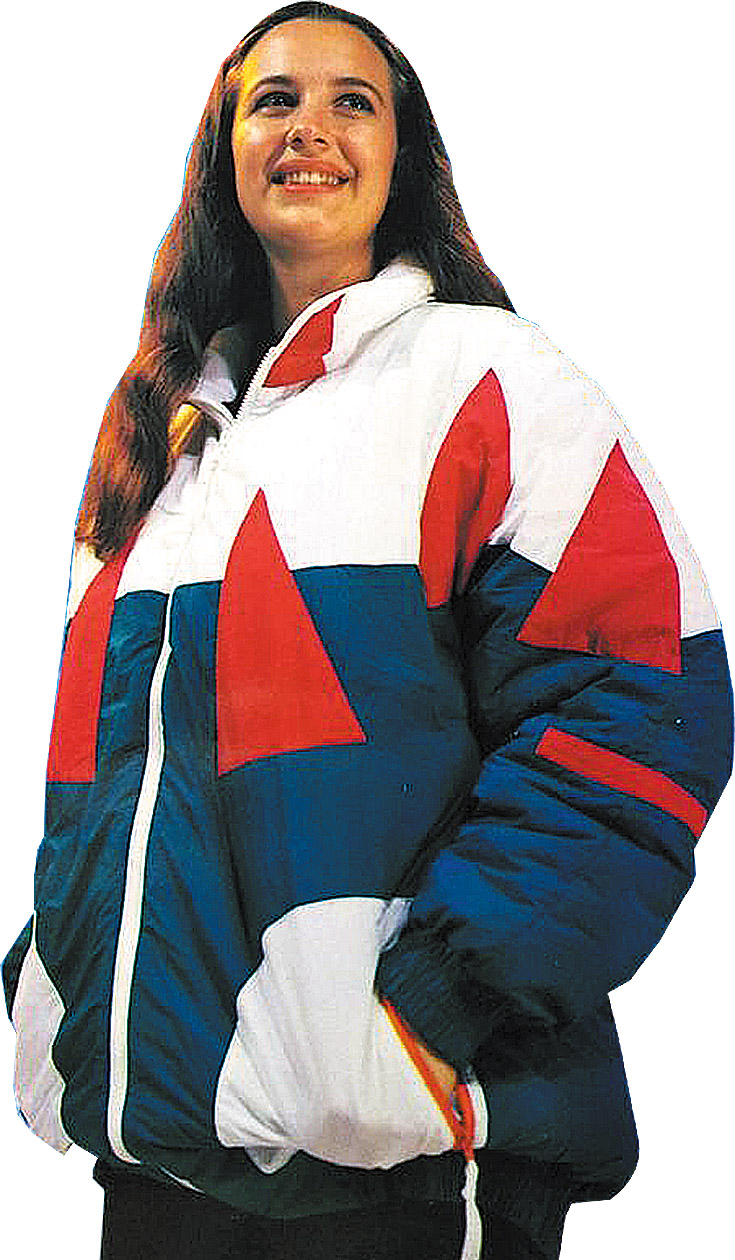
A stitch in time
Despite Yaya's challenges, newly established down jacket manufacturers in Gongqingcheng quickly embraced livestreaming. Brands such as Uwuu and Daomuxi carved out successful operations through digital livestreaming and achieved significant sales growth.
Founded in 2010, Uwuu was one of the earliest down coat brands to embrace livestreaming, and in 2016 its gross merchandise volume reached 80 million yuan. "We joined short-video platform Douyin in 2019. Now we have more than a dozen livestreaming rooms, and our livestreaming operations team has more than 50 people," said Xiong Jing, one of Uwuu's founders.
Uwuu's GMV has grown from 100 million yuan in 2021 to 450 million yuan last year.
Similarly, Daomuxi has experienced rapid growth. "In 2023, our sales reached 180 million yuan. We have followed two paths: domestic online platforms such as Taobao and Douyin and overseas platforms like Amazon, which have considerable sales," said Chen Ling, the company's deputy general manager.
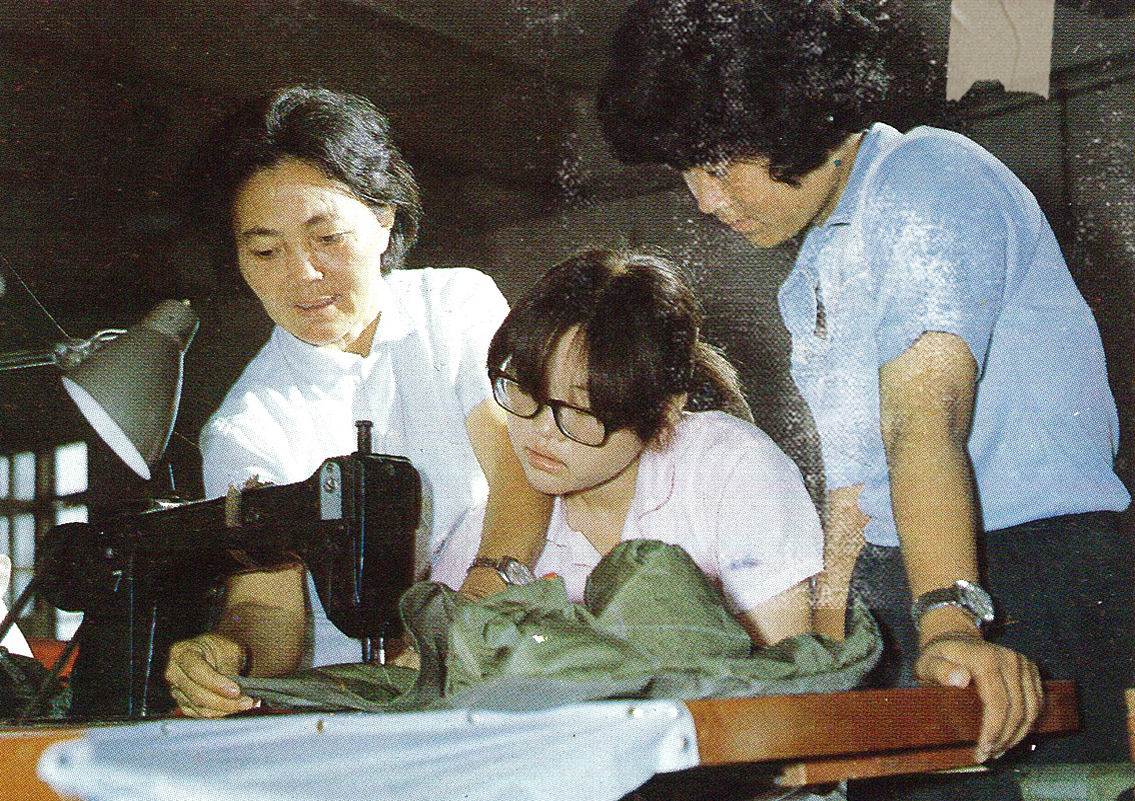
In 2020, Yaya began its digital transformation and its gross merchandise volume reached 3.5 billion yuan.
The following year it set up livestreaming rooms at the base of Mount Qomolangma to showcase the warmth and performance of its down jackets in a cold, snowy environment. By 2022, its GMV had hit 10 billion yuan.
"The major contribution of Yaya, or the Gongqingcheng Down Factory, to the city is nurturing a generation of talents in the down apparel industry," said Wang Fang, head of Gongqingcheng's bureau of industry and information technology.
"The founders of the newly established brands have close ties with Yaya. Most of them worked at Yaya and have acquired a variety of knowledge from down production to garment manufacturing and sales," Wang said.
Former Yaya employee Zheng come out of retirement to take a job as a factory manager at Uwuu. She now oversees production at three manufacturing plants. Zheng said while the newcomers cannot match Yaya's huge production capacity, its craftsmanship and manufacturing knowledge have been passed on and are constantly being developed.
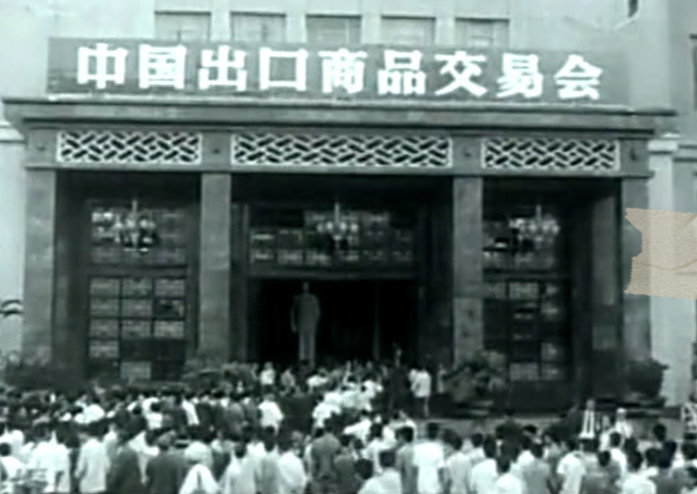
Government support
Gongqingcheng now has more than 500 down jacket enterprises, and the city's industrial chain is complete.
The city government's strong support has been a crucial factor behind the growth of the industry over the decades.
Mayor Liu Yangqing said that the government provides millions of yuan every year to support the down jacket industry. This includes tax incentives and allowances for new technology transformations. "The down jacket manufacturing industry is the leading industry and livelihood provider of Gongqingcheng city. This is because it has created a large number of employment opportunities," Liu said.
However, like Yaya, some outdated aspects of the industry need to undergo technological transformation, Liu said. Gongqingcheng's down jacket industry is restricted by old manufacturing equipment and outdated business models.
The municipal government has organized a group of enterprises to hold training sessions on technological transformation.
In April 2023, Yaya introduced an intelligent hanging system, which increased the efficiency of deliveries by 30 percent and reduced labor costs. With the support of a government subsidy of 2 million yuan, Uwuu's factory installed an intelligent hanging system last year, which will become operational this year.
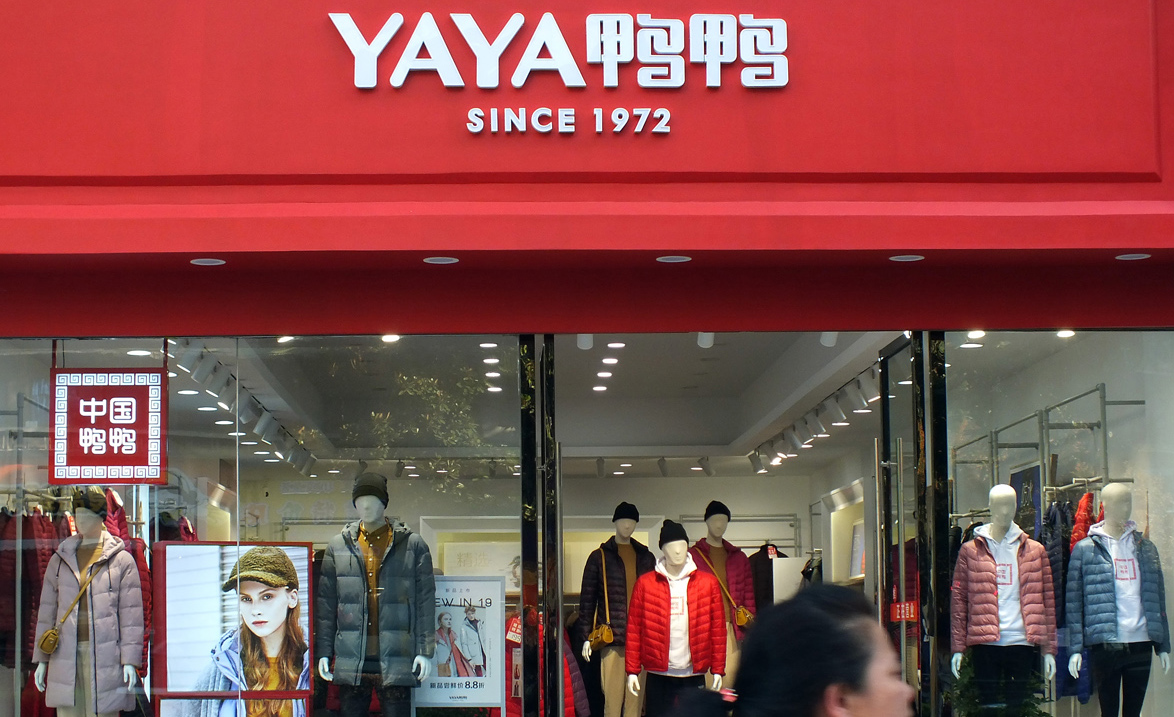
In 2022, Gongqingcheng announced that it would subsidize the purchase of intelligent production equipment. A 20 percent subsidy is given for equipment costing below 10 million yuan, and a 15 percent subsidy for equipment exceeding 10 million yuan.
Liu said the technological transformations have shortened employees' work hours and increased wages and efficiency. "In the long run, it is a good thing to reduce costs and increase efficiency," he said. "It is also the embodiment of new quality productive forces in traditional industries."
China National Commercial Information Center data shows that the down jacket apparel market increased from over 100 billion yuan in 2018 to about 156.2 billion yuan in 2021.
Gongqingcheng is also extending its production reach outside China.
ALSO READ: Dreams of glory drive youthful startup trend
In 2018, a company in the Gongqingcheng Export Clothing Industry Park signed a cooperation agreement with a Georgian foundation to construct a modern down jacket manufacturing plant in Georgia. In 2021, Gongqingcheng's down jacket apparel exports reached $32.76 million, compared with $14.58 million in 2017, an increase of 125 percent.
"We now plan to leverage the Belt and Road Initiative, and cross-border e-commerce to sell our down jackets to northern Europe and even colder places," Mayor Liu said.
The ducks bred for commercial purposes have disappeared after Poyang Lake stepped up its conservation efforts in recent years.
Nowadays, the down jacket manufacturers in the city import their feathers from across the country.


